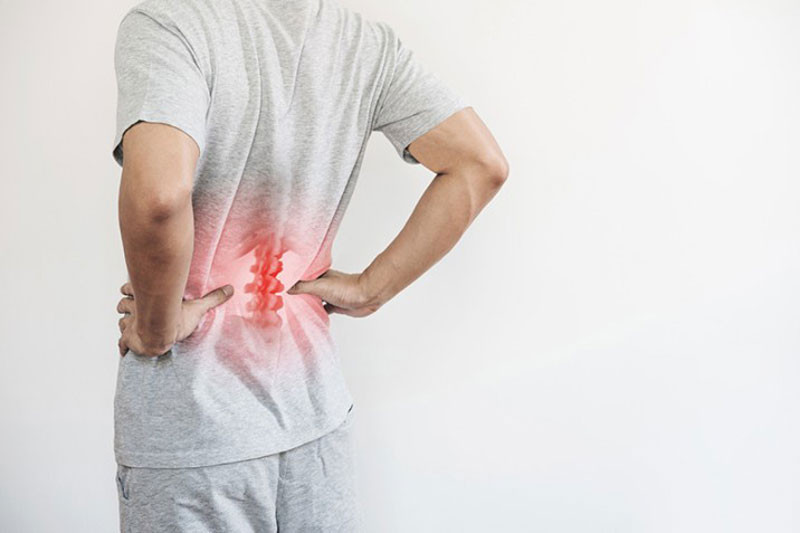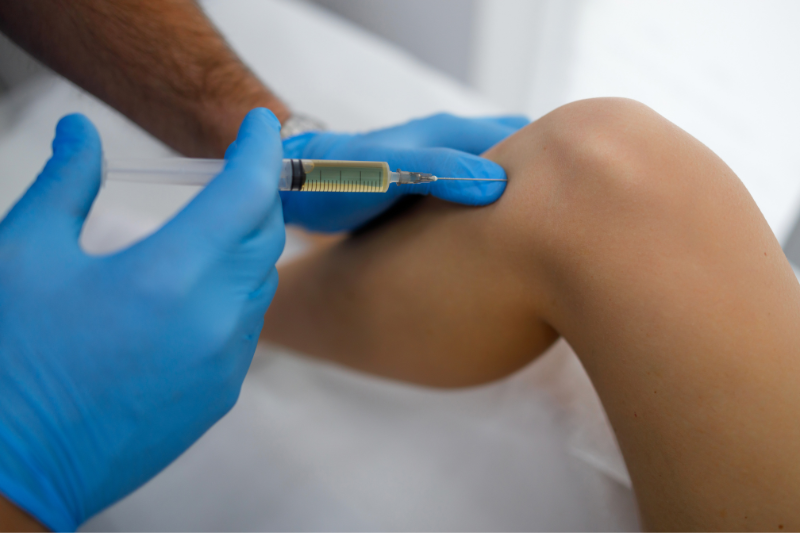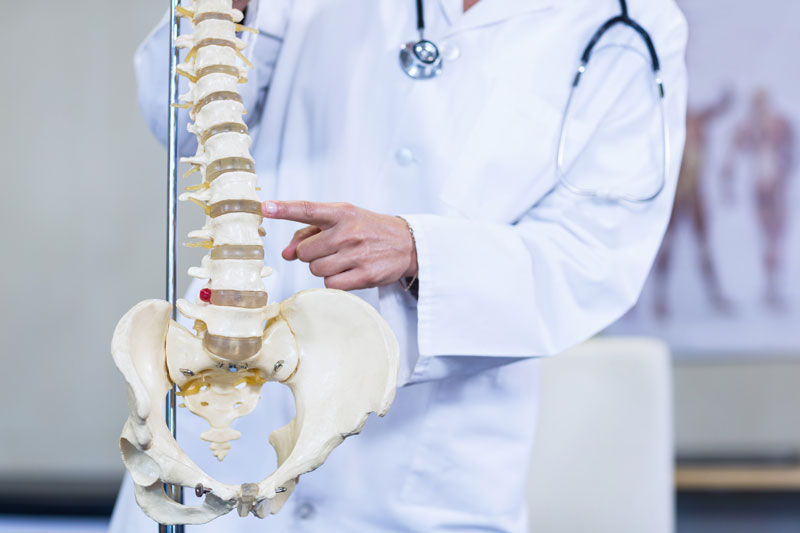What Causes Post-Laminectomy Syndrome?
The specific causes of the post-laminectomy syndrome remain uncertain. But here are a few possible causes:
Epidural Fibrosis:
Epidural fibrosis is one possible cause. The excessive formation of scar tissue near the root of a nerve is known as epidural fibrosis. It most usually occurs after spinal surgery. During the months following surgery, scar tissue attaches to the nerve root, resulting in epidural fibrosis.
Epidural fibrosis can occur in both successful and unsuccessful back procedures. Patients who have had more difficult back surgeries are more likely to develop epidural fibrosis.
Scarring of tissue is prevalent in patients following lumbar spine surgery. Scar tissue can compress the nerve root, causing symptoms such as pain, numbness, and muscle weakness. CT scan or MRI can diagnose epidural fibrosis.
Smoking:
Researchers believe smokers are more prone to suffer post-laminectomy syndrome after having spinal surgery. According to one research, cigarette smokers are less likely to obtain pain relief following spinal surgery. Scientists believe nicotine interacts with bone metabolism, and smoking may contribute to increased scar tissue development by narrowing blood vessel diameter.
Because smoking reduces the likelihood of a favorable outcome, some surgeons will refuse to perform back surgery on someone who smokes cigarettes. There is a link between tobacco, back pain, and chronic pain syndromes of all forms. Fortunately, several smoking cessation treatments, including nicotine replacement therapy, are available.
Other Causes:
These include:
- Wrong surgical intervention
- Failure to remove the lamina completely
- Disc herniation occurs repeatedly
- Spinal column structural abnormalities
- Infection of the disc or epidural space
- The gradual degeneration of the spine
- Inflammation of the arachnoid membrane, which covers the spinal cord (Arachnoiditia)
The disease can be hard to treat due to the wide range of probable causes and chronic pain syndromes that can emerge from unsuccessful back surgery syndrome.
How is Post-Laminectomy Syndrome Diagnosed?
Post-laminectomy syndrome is diagnosed after surgery if your doctor notices a pattern of chronic pain and worse-than-expected post-surgical outcomes.
An MRI or X-ray can look for inflammation or other structural abnormalities at the site of lamina removal.
Because recovery from invasive surgery includes a mental health component, your doctor may also undertake a mental health screening to check out any possible mental health difficulties.
Treatment Options for Post-Laminectomy Syndrome
Your doctor will personalize treatment strategies for you because everyone has unique symptoms and responds differently to chronic pain issues.
However, there are commonly five post-laminectomy syndrome treatments. These include:
1. Exercise And Physical Therapy:
Many patients feel that surgery would relieve their back pain, but rehabilitation following surgery is essential. Building up the abdominal core stabilizing muscles will improve and lengthen back muscles for better healing.
2. Antidepressants And Other Medications:
There is a close association between mental health issues and pain. Antidepressants, for example, can relieve unsuccessful back surgery symptoms in some people who have no history of depression.
While opioids were once used for post-laminectomy syndrome, the results were unclear. Long-term opioid use can have significant adverse effects, and the long-term effects are not well understood. For these reasons, opioids are rarely used to treat chronic back pain.
3. Adhesiolysis:
Adhesiolysis (also known as lysis of adhesions or the Racz technique) is a treatment that involves the use of injections to tear up scar tissue that may be pushing on nerves and causing pain. It is beneficial in cases of epidural fibrosis.
4. Spinal Cord Stimulation:
Some people may benefit from spinal cord stimulation. It involves inserting electrodes into the epidural space of the spinal cord. The electrodes use an electric current to disrupt pain conduction pathways. Pain pump trialing and implantation is another Neuromodulation option to consider.
5. Epidural Nerve Block:
The doctor will inject the medicine into the epidural space. Over six months, up to three injections may be administered.
6. Facet Joint Injections:
A local anesthetic injection combined with anti-inflammatory drugs can help alleviate back pain and swelling.
7. Radiofrequency Neurotomy:
Thermal energy is used to deaden nerves. Pain relief is often provided for six to twelve months following the procedure.
8. Additional Surgery:
When multiple therapies are performed, the chance of post-laminectomy syndrome increases. However, in certain situations, a missing lamina can be removed in a second surgery for significant pain relief.













